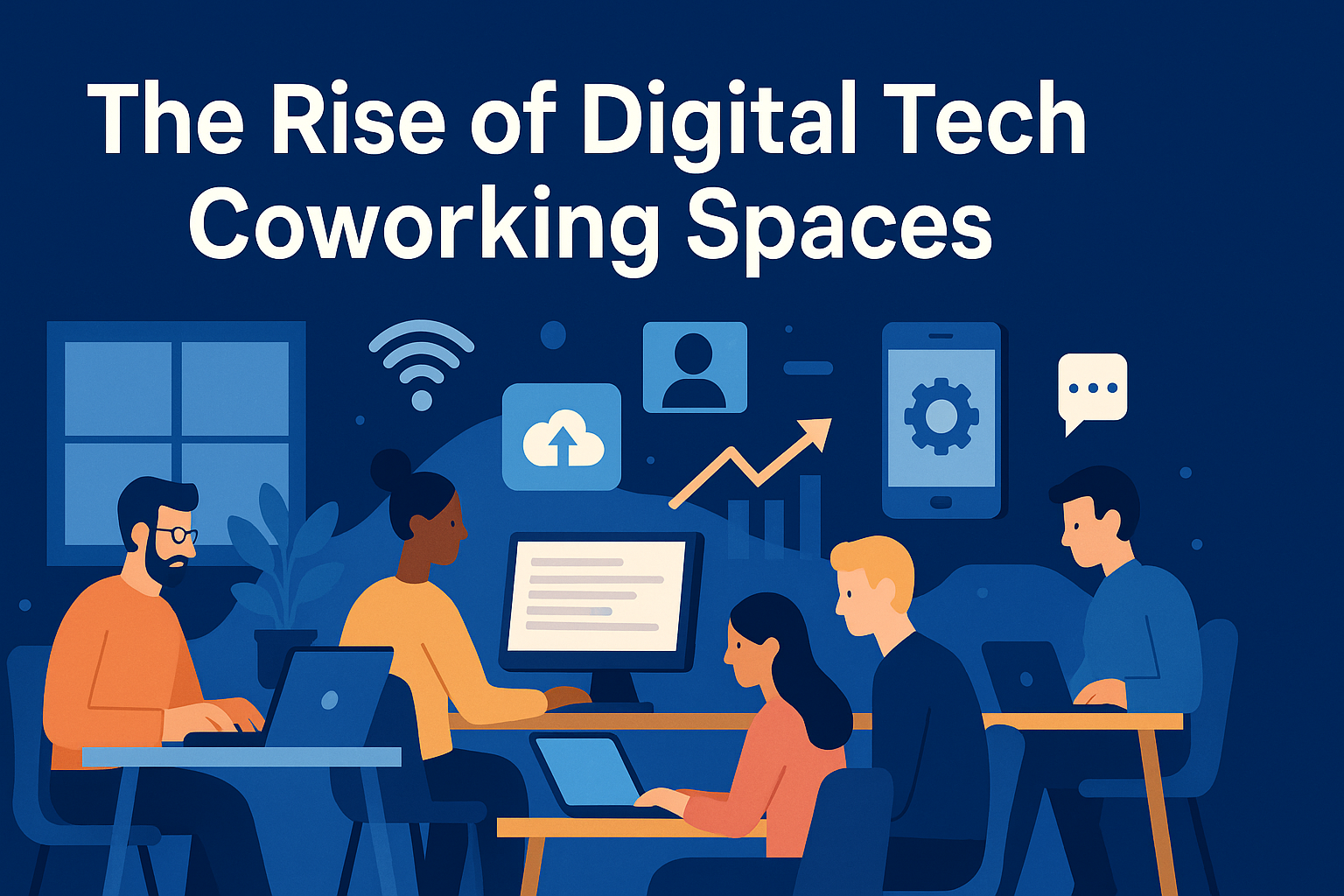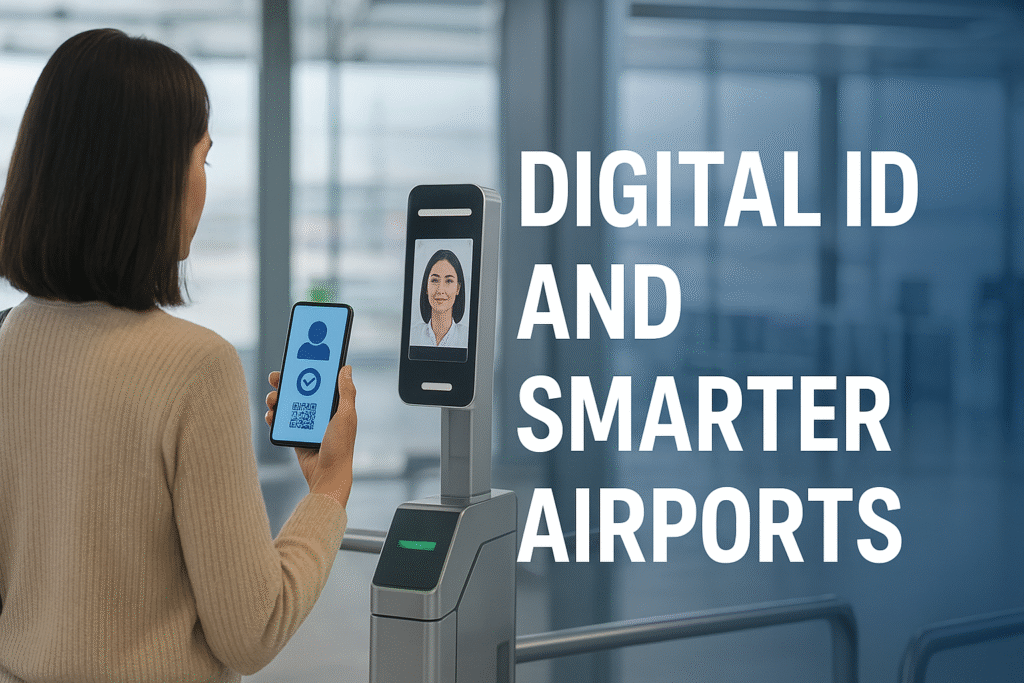
In recent years, coworking spaces have evolved from trendy alternatives to traditional offices into critical hubs for innovation, particularly within the technology sector. What began as shared tables and open layouts has become a dynamic ecosystem of digitally enhanced workspaces designed to support startups, freelancers, and remote tech teams. As the nature of work transforms globally, tech coworking spaces are leading the charge by embracing digital tools, smart infrastructure, and community-driven growth.
This article explores how these spaces are adapting through digitalization and what it means for the future of work, entrepreneurship, and the startup landscape.
What Are Tech Coworking Spaces?
At their core, tech coworking spaces are shared office environments optimized for developers, entrepreneurs, and tech startups. Unlike generic coworking spots, these spaces often offer specialized resources such as:
- High-speed internet and private servers
- Access to industry-specific mentors or incubator programs
- 24/7 access and flexible membership plans
- Collaboration with VCs and investors
- Hardware and software testing zones
They’re more than just real estate — they’re micro-communities tailored to the needs of the digital-first workforce.
Why Are They Booming?
1. Rise of Remote and Hybrid Work
The post-pandemic era saw a massive shift toward remote work. While many enjoy working from home, not everyone has the ideal setup for productivity or collaboration. Coworking spaces offer a professional environment without the rigidity of corporate offices.
2. Startup and Freelancer Growth
According to Statista, over 1.57 billion freelancers globally rely on remote tech infrastructure. Coworking spaces provide a cost-effective, networking-rich environment for bootstrapped startups and independent professionals alike.
3. Venture Capital Attraction
Some tech coworking hubs — like Station F in Paris or Plug and Play Tech Center in Silicon Valley — are co-located with investors and accelerators, helping startups move faster from prototype to product.
The Digitalization of Coworking Spaces
The next frontier for these spaces is full digital integration. Here’s how:
1. Smart Access and IoT Integration
Modern coworking spaces are implementing keyless entry systems, biometric access, and IoT-connected devices. This ensures both security and convenience, allowing members to manage bookings, access meeting rooms, and even adjust lighting or temperature through apps.
2. AI-Driven Space Management
AI tools now manage capacity planning, usage analytics, and resource allocation. Platforms like Optix and Nexudus help space managers predict demand, optimize layouts, and enhance user experience.
3. Virtual Coworking Platforms
Companies like Tandem, Sococo, and Gather are pioneering the idea of digital coworking — shared virtual offices where remote tech teams can interact as if they were in the same room.
4. Blockchain for Membership and Payments
Some spaces are experimenting with blockchain-based memberships and smart contracts. This facilitates flexible, secure, and decentralized billing — especially for digital nomads and international users.
5. Metaverse Integration
While still early, some forward-thinking coworking brands are building VR-based workspaces in the metaverse, where tech workers can meet and collaborate in immersive virtual environments.
Case Studies: Tech-Driven Coworking Leaders
WeWork Labs
The innovation wing of WeWork focuses on startup acceleration, business mentorship, and digital integration. Their use of analytics helps startups access tailored resources and funding.
Mindspace
Mindspace uses mobile-first coworking with seamless app access, IoT lockers, and real-time booking systems. It emphasizes user experience with community-building platforms and hybrid event hosting.
Hacker Dojo (California)
A nonprofit coworking space geared toward developers, offering free hardware labs, coding bootcamps, and tech talks. It uses a fully digital member dashboard to manage collaboration.
Benefits of Digitized Tech Coworking Spaces
| Benefit | Description |
| Flexibility | Digital tools allow users to scale up or down easily, book desks or meeting rooms on demand. |
| Productivity | Automated lighting, temperature control, and booking systems reduce admin time. |
| Community Building | Internal platforms foster networking, skill-sharing, and mentorship. |
| Scalability | Startups can expand to new markets using the same network of coworking spaces. |
| Cost Efficiency | Pay-as-you-go models reduce long-term leases and office maintenance costs. |
Challenges to Address
Despite their advantages, digital tech coworking spaces face several hurdles:
- Cybersecurity risks due to shared networks
- Privacy concerns in IoT-managed environments
- Over-reliance on platforms that may create data silos
- Accessibility gaps in low-income or rural areas
To remain viable, operators must invest in cyber hygiene, data transparency, and inclusive tech deployment.
What the Future Holds
The global coworking market is projected to reach $13.3 billion by 2027, with tech-centric and digitized spaces leading that growth. Here’s what we can expect:
- AI-powered personal assistants embedded in coworking apps
- Virtual reality meetings replacing Zoom calls
- Global coworking networks with digital passports for members
- Sustainability-focused smart buildings with energy-efficient IoT systems
Digital coworking isn’t just a fad — it’s the future of collaborative innovation.
Conclusion
Tech coworking spaces are no longer niche. They are becoming the backbone of the global digital economy, enabling innovation, community, and productivity in ways traditional offices simply cannot. As digital tools continue to enhance these spaces, their relevance in the tech industry will only grow.Whether you’re a solo developer, a scaling startup, or a remote team, digitally enhanced coworking spaces offer the flexibility, technology, and community needed to thrive in 2025 and beyond.





